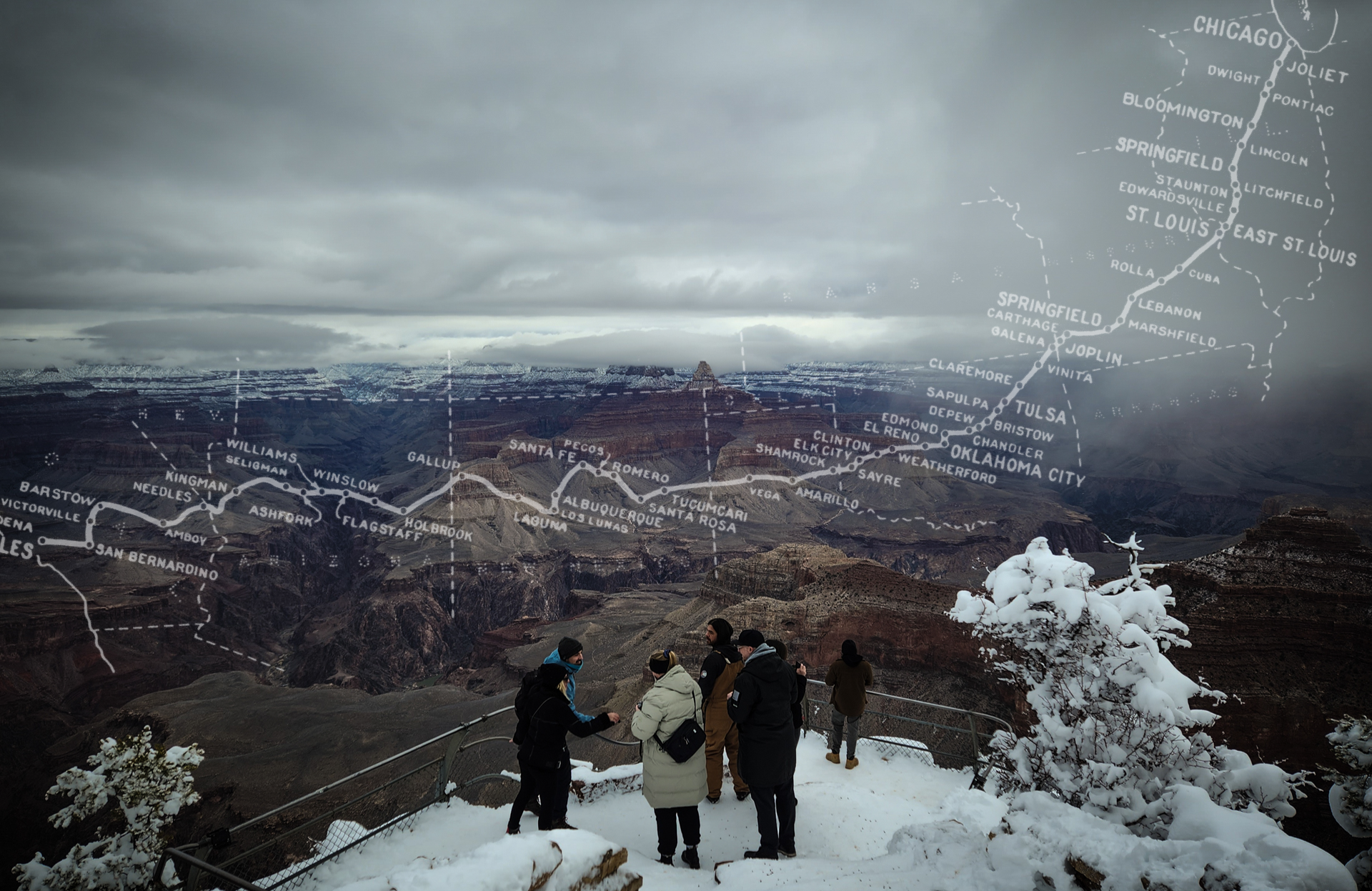
Years went by, but the desire to drive the southern section of the Pan-American Highway never faded. Whenever I daydreamed, my thoughts drifted to how I could make it happen: How much time would I need? How much would it cost? Was it safe?
Preparation began before I even admitted to myself that I was going to do it. I started buying books from other travelers, watching YouTube videos, and bookmarking dozens of blog posts about border crossing procedures. I made sure to note what paperwork I’d need along the way. By 2022, I had a plan. I would pick up where I left off in 2019, driving back across the United States to San Diego and then down Mexico's Baja Peninsula. A ferry would get me over to mainland Mexico and from there, I would continue south through Guatemala, Honduras, Nicaragua, Costa Rica, and Panama. In Panama City, I would need another boat to cross the roadless Darién Gap to reach Colombia. Then, I would rejoin the Pan-American Highway and travel from Colombia, into Ecuador, Peru, Chile, and finally, Argentina.
Reaching the bottom of Argentina in the school bus was out of the question. I needed something more agile, capable of handling narrow roads and rough terrain, all while being reliable. So, I bought a Toyota Tacoma. The decision was also motivated by the abundance of Toyota trucks and dealerships along the route. If any parts broke, I hoped replacements would be easy to find. I upgraded the wheels and tires to something more off-road capable, added recovery gear, and an air compressor. My plan would be to live out of the truck. I added a camper over the back, which gave me a bed and space to build a kitchenette and benches. I also installed solar panels and a fridge. I had a place to eat, sleep, and drive. A simple formula.
Some people spend years driving the Pan-American Highway, but I'd given myself 4 months to reach Argentina.
Some people spend years driving the Pan-American Highway, but I'd given myself 4 months to reach Argentina. On January 1, 2023 I set off from Kentucky. I took the scenic route across America, and after a week of meandering I was back to Southern California. I spent the night in San Diego and reached the border town of Tijuana, Mexico the next morning. I had a zippered folder full of all the documents I'd need to get myself and the truck through the border: passport, Kentucky driver's license, international driver's license, vehicle registration, American car insurance, Mexican car insurance, yellow fever vaccination certificate, and just incase, my COVID-19 card. I showed my paperwork to the border guard as they asked for it. After a while, they opened my passport and stamped the inside. The truck was given an important document called a temporary import permit. I added another paper rectangle to my collection.
This was my first time in Mexico, and I wasn’t prepared for the traffic. Immediately, I found myself in bumper to bumper congestion. Between each traffic light, motorcycles revving loudly, zigzagged around stopped cars to get to the front. At the red light, street vendors walked into the road, offering their goods by waving in windows. When the light changed, all the vehicles shuffled forward to the next set of vendors, peddling what seemed like the same candy, cell phone chargers, blankets, and paintings from the last intersection. As I made my way further from the city center, eight lanes narrowed to four, then two. Paved sidewalks turned to dirt, and cars and trucks gave way to mopeds and bicycles. The gaps between gas stations kept growing.
Traveling through Mexico requires you to constantly slow down. Toll roads require payment, massive speed bumps know as "topes," are found on the edges of every town, and once locals stepped in traffic asking for donations for the ambulance service. Why do ambulances here need donations?. There are agricultural checkpoints with no personnel present, as well as armed checkpoints. The guys wearing camouflage kept waving me through. I guess criminals aren’t smuggling drugs south.
I eventually got stopped at a security checkpoint. A guard pointed his finger directly at me and motioned with his hand for me to pull over to the side. I did so, and rolled down my window. Dressed in tan, digital camouflage with a black rifle slung across his chest, he asked me to get out of the truck and show him the inside my camper. I unlocked and opened the camper hatch. He reached in and lifted the lid on my storage box. It was mostly dirty clothes and blankets, but on the top was a black clamshell case.
“What is that? Open it,” he demanded.
I grabbed it and showed him that it was a set of hair clippers. He asked if he could have them. I shook my head no, smiled nervously, and said, “I need those.” He asked again, “Can I have them?”
“No, I can’t sell them to you,” I replied.
He laughed. It was possibly an attempted bribe, but I was too oblivious to catch on. He told me to close the camper and pointed back towards the road ahead.










